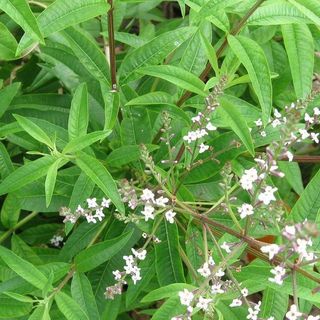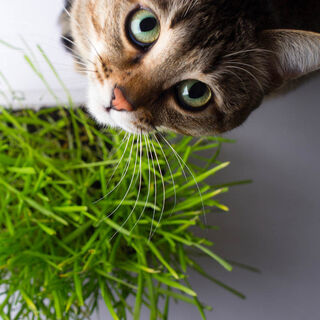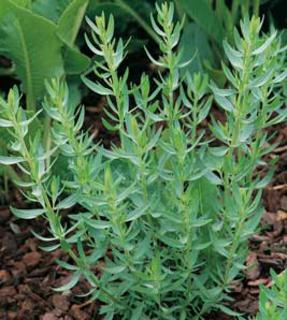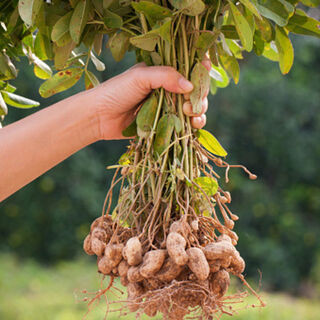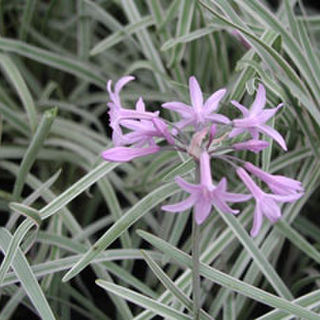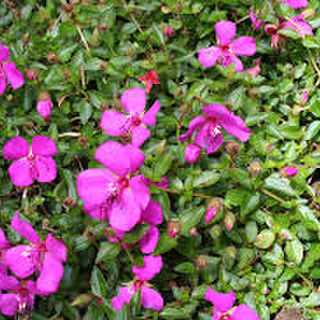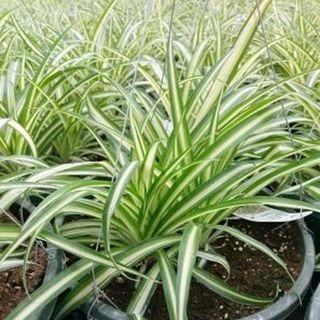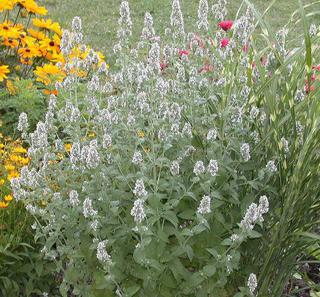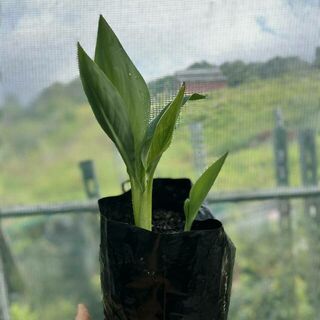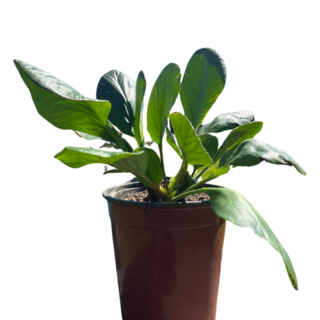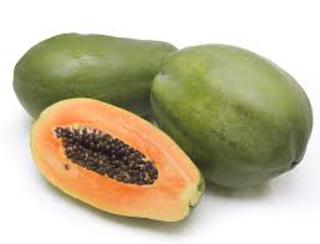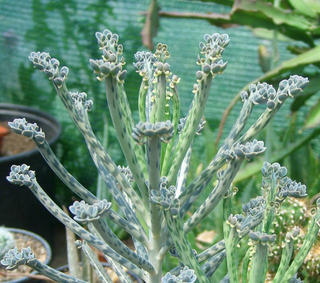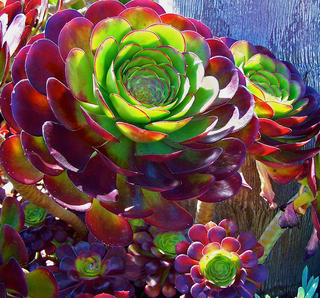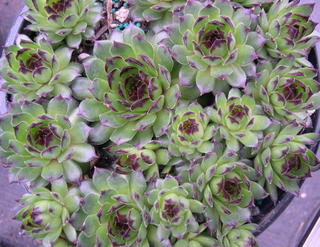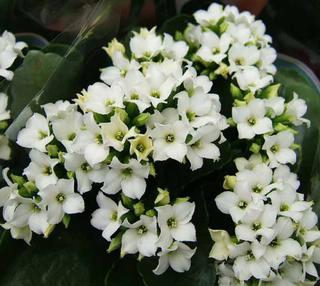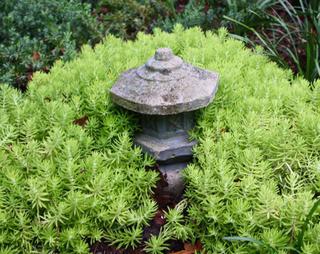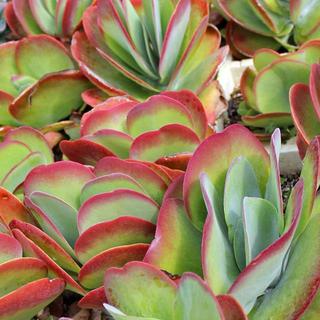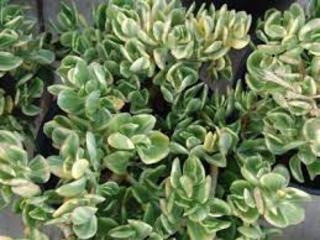- PRNZ Home
- Shop Now
- Bedding Plants
- Bog Plants
- Bromeliads
- Budget friendly plants
- Bulbs
- Climbers and Vines
- Edibles
- Ferns
- Fertilisers/Soil Conditioners
- Food Forest
- Fragrant
- Fruit Nuts Citrus
- Garden Mulches
- Garden & Potting Mixes
- Gifts for Him n Her
- Grasses
- Groundcovers
- Herbs and Veges
- Hedging
- Humhiss Essentials
- Indoor Plants
- Medicinal
- Mothers Day
- Natives
- Palms
- Perennials
- Pots
- Roses
- Seeds
- Subtropicals
- Succulent and Cacti
- Trees
- Wildflowers
- PR Rewards program
- About Us
- Contact Us
- Garden Design
- Gallery
- Subscribe/Login
- Our Blog
- COVID 19 UPDATE
- Delivery & T's n C's
- Swap & Trade Plants
Sinningia leucotricha - Succulent and Cacti
|
|
We are pleased to announce we will have a select few of these available soon. They will be have one or two flowering stems when ready. You can back order this plant by sending us an email inquiry on bottom of this page.
Sinningia leucotricha (Brazilian Edelweiss)
is a tuberous herbaceous perennials with silvery-white furry foliage and large, powerfully fragrant tubular red-orange flowers. Plants upright about 30 cm tall and 35 cm wide. This is a great indoor plant in a bright situation.
Sinningia leucotricha (Brazilian Edelweiss)
is a tuberous herbaceous perennials with silvery-white furry foliage and large, powerfully fragrant tubular red-orange flowers. Plants upright about 30 cm tall and 35 cm wide. This is a great indoor plant in a bright situation.
Price:
NZ$ 34.49 including GST
NZ$ 29.99 excluding GST
1L
SINNLEU1L
Not Available
Information
Common Names include:
ENGLISH: Brazilian edelweiss
Description: Sinningia leucotricha is a tuberous herbaceous perennials with silvery-white furry foliage and large, powerfully fragrant tubular red-orange flowers. Plants upright about 30 cm tall and 35 cm wide.
Features
Tuber:
Perennial, flattened spherical, apex sunken, 6-10 (or more) cm in diameter with light brown bark, fleshy but solid.
Specifications
This species is one of several South American gesneriads which are borderline succulents, caudiciforms, or waterplants with large fleshy tubers and is often cultivated by cactus and succulent enthusiasts as a caudiciform.
Contents
Cultivation and Propagation: Sinningia leucotricha has a dormant period after flowering (winter rest) and comes into growth in early spring. After a period of dormancy the tuber will send up new growth and the cycle will repeat. Some cultivars can be induced to remain in almost perpetual growth, with no period of full dormancy. Others may go dormant, and never "break dormancy", or begin new growth. But most plants will produce new and better growth after a period of dormant inactivity.
Soil: Use a lime free soil that retains water yet drains well with a little added pumice will suffice.
Pots: Always use a pot with a hole and provide a good drainage.
Watering: Drench the soil and let it become moderately dry between waterings when it is in growth and during the winter or dormant season must be kept very much on the dry side. Perpetually wet soil may result in rotting of the tuber, while dry conditions will usually induce premature dormancy.
Fertilization: Needs a regular light fertigation during growing season including all micro nutrients and trace elements or slow release fertilizer at the rate of 1/4 the dose indicated in the label. However some of the more robust cultivars will respond favourably to a more concentrated solution, and some of the smaller cultivars need very little feeding.
Exposures: It requires bright conditions, but not sun and can be grown eventually under bright fluorescent lights or in a greenhouse and many tolerate windowsill conditions if humidity can be kept up and bright light provided without too much direct sun.
Pest & diseases: Prone to mealy bugs. Always inspect any new plant for pests before introducing it to your home or greenhouse.
Associated Items
View your shopping basket or Browse other items in Succulent and Cacti.
|
© Copyright Plant Zero 2006 Ltd
- Site map
|
